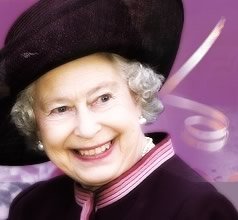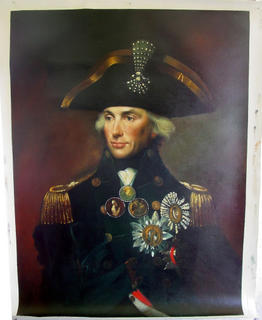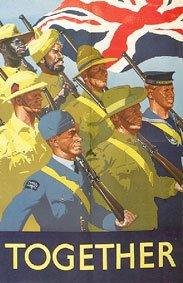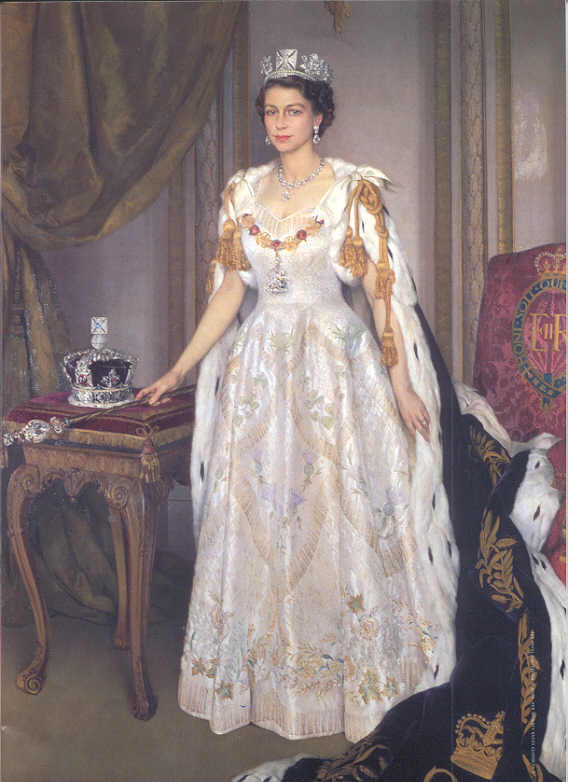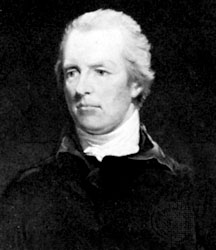[+] HONOURING OUR PATRON, SIR WINSTON CHURCHILL, VICTOR OF THE ENGLISH-SPEAKING PEOPLES
[+] HONOURING OUR QUEEN, ELIZABETH THE SECOND, ON THE 80TH YEAR OF HER BIRTH (1926 - 2006)
[+] HONOURING OUR KING, SAINT EDWARD THE CONFESSOR, ON THE 1000TH YEAR OF HIS BIRTH (1005 - 2005)
[+] HONOURING OUR HERO, LORD NELSON, ON THE BICENTENNIAL OF THE BATTLE OF TRAFALGAR (1805 - 2005)
[+] HONOURING OUR SONS, THE QUEEN'S COMMONWEALTH SOLDIERS KILLED IN THE 'WAR ON TERROR'
[+] HONOURING OUR VETS ON THE 150TH ANNIVERSARY OF THE VICTORIA CROSS (1856 - 2006)
Monarchist Contributor: Nigel Morris from Australia
Joined the Monarchist on July 31, 2005
President of the Australian Flag Society
Archive of the Author's Works
Honouring Captain James Cook (1728-1779), British Navigator and World Explorer
"... the ablest and most renowned navigator this or any country hath produced. He possessed all the qualifications requisite for his profession and great undertakings ..."
- Lord Palliser, Cook's superior in the Navy
"I now once more hoisted English Coulers and in the Name of His Majesty King George the Third, took possession of the whole Eastern Coast [of New Holland] from the above Latitude down to this place by the name of New South Wales."
—from Capt. Cook's Journal, Wednesday, 22 August 1770
 James Cook was born on October 27, 1728 in Marton, (near modern Middlesborough), Yorkshire, Britain. He commanded three voyages of discovery for Great Britain, and sailed around the world twice. Captain Cook's voyages lead to the establishment of colonies throughout the Pacific by several European countries. He is considered one of the world's greatest explorers.
James Cook was born on October 27, 1728 in Marton, (near modern Middlesborough), Yorkshire, Britain. He commanded three voyages of discovery for Great Britain, and sailed around the world twice. Captain Cook's voyages lead to the establishment of colonies throughout the Pacific by several European countries. He is considered one of the world's greatest explorers.Cook was an apprentice to a shipping company at age 18, and joined the British Navy at 27 in 1755. In 1768, the Navy appointed him leader of a scientific expedition to Tahiti to observe a solar eclipse by Venus. He also had secret orders to seek a southern continent geographers long believed kept the world in balance. He set out on his first voyage round the world in the ship Endeavour. The trip to Tahiti was successful. The search for the southern continent ("Terres Australes" or lands in the south) was not. In October of 1769 Cook was the first European to visit New Zealand.
On August 22, 1770, Cook claimed for Great Britain the eastern coast of New Holland, as Australia was known by the Dutch at that time. He claimed the part of New Holland the Dutch had not technically mapped. The name "Australia" was not used until the early 1800s. During his return trip to England in 1771, Cook was the first ship commander to prevent the outbreak of scurvy, by serving his crew fruit and sauerkraut to prevent the disease.
On Cook's second journey he sailed farther south than any other European. He circled Antarctica in his famous ship Resolution, but the ice surrounding the continent prevented the sighting of land. The existence of the Antarctica remained unproved until 1840. He returned to England in 1775 and was promoted to Captain.
In July of 1776 Cook set sail on his third voyage, again in Resolution. His mission was to look for a possible northern sea route between Europe and Asia. In 1778 he became the first know European to reach the Hawaiian Islands. Later in 1778 Cook sailed up the northwest coast of North America, and was the first European to land on Vancouver Island in British Columbia. He continued up the coast through the Bering strait, and entered the Arctic Ocean. Great walls of ice blocked the expedition, so Cook headed back for the Hawaiian Islands. On February 14, 1779 Cook was stabbed to death by Hawaiian natives while investigating a theft of a boat by an islander. The expedition arrived back in England in October of 1780.


